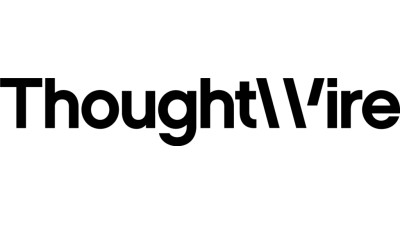Your Building Has A Digital Twin, And It Could Be The Key To Maximizing Real Estate Value Through Data

Commercial real estate is an investment class firmly rooted in the physical world. Offices are tangible places that consume energy and provide occupants with services. But as the Internet of Things and data sharing become more common, building owners have begun exploring what it means to connect the physical world to the intangible, information-packed world of data.
From lighting usage, HVAC performance, temperature controls and office occupancy, this information can form a holistic digital image of how a building operates. Combined with blueprints and 3D modeling, data can allow property managers and owners to view a building holistically and explore its functionality on a much smaller, detailed scale and fine-tune its operations.
This digital copy has been dubbed the digital twin, and it is changing the way owners evaluate their real estate assets.
“A real-time digital twin, from our perspective, is a digital representation of the state of all the things in a building that allow it to operate and interact with occupants,” ThoughtWire CEO Mike Monteith said. “Data from the inside world and the outside world can create a dynamic, contextual view of what is happening in the built environment. It gives additional awareness for those able to interact with the digital twin and make decisions that benefit the occupiers of the building.”
By creating this digital copy of a property, owners not only have a real-time guide to understanding their current building operations but can also unlock ways to optimize its operation from both an efficiency and comfort perspective by fine-tuning operation strategies.
The digital twin goes back to the early 1990s, when academics pondered the idea of creating a “mirror world” that functioned as a digital embodiment of the physical world. This concept was later picked up by NASA, which used the digital twin technology to manage the life cycle of parts developed for aerospace manufacturing most notably used for the Apollo 13 moon mission, and for the Mars Rover “Curiosity."
The use of the digital twin would later enter the manufacturing world, where industrial giants like General Electric used the technology to help maintain assets once they were built, using the model to refer to the historical behavior of the asset. By being able to perform a root cause analysis, manufacturers can prevent failures before they happen and extend the life of the product.
“When you extend that concept to the built environment, you are using those digital representations to examine a past, present and future state of the building,” ThoughtWire Director of Product Marketing Sandy Mangat said. “Because these models are constantly changing, they help you understand the various workflows and how people interact with a building, which in turn gets fed into this digital representation. So it is a living, breathing model of what’s going on in a building.”

The digital twin is not just a 3D model, nor is it just a static image of a building at one point in time, but rather the accumulation of data continuously mined from various sensors throughout the asset. By looking at this historical and current data, property owners and managers can use these insights to find new ways to optimize a building’s performance.
In the U.S., only two-thirds of the 12B SF of commercial real estate in the country is fully utilized, according to the IBM Institute for Business Value.
This empowers property managers to make informed decisions about building operations. Platforms like ThoughtWire’s Precision Hub consolidate this information into a dashboard displaying a building’s end-to-end operations and performance data, allowing managers to either automate processes or more deeply analyze how a building is being used.
This digital twin allows for real-time communication and collaboration between people, IT systems and individual, connected objects.
“These fine-tuned controls are not something that a building engineer can deal with at a large scale,” Montieth said. “They wouldn’t know that a people in one corner of the office with an outside view would respond differently from others in different parts of the building. It’s allowing for finer control over these environments and those smaller-scale factors.”
The digital twin can also allow property owners and managers to better understand the relationship between the people who occupy the space and the building itself. Through ThoughtWire’s At Work App, office tenants can directly control environmental conditions through a mobile device.
It also includes mobile-enabled access controls and emergency check-in, and community engagement features like officewide events, announcements and even food delivery services.
The app allows building managers to combine employee engagement with sensor tracking for lighting and temperature or environmental control. When examining temperature control data compared to local weather announcements, Monteith discovered a connection between perceived human comfort and what that person sees outside of their office window.
On hot, sunny days, they perceive the building to be warmer; on cloudy, cool days, they might turn up the heat in the building, even if the temperature inside remains constant.
“People are reacting to how they think they feel,” Montieth said. “It’s about understanding the psyche and human interpretation of their experience and how that translates to the built world and issues like energy consumption and efficiency. It’s simple but a profoundly exciting moment to use the digital twin to make this discovery.”
To see the projected return of ThoughtWire’s smart building applications for your CRE property, get your free ROI assessment here.
This feature was produced in collaboration between Bisnow Branded Content and ThoughtWire. Bisnow news staff was not involved in the production of this content.

